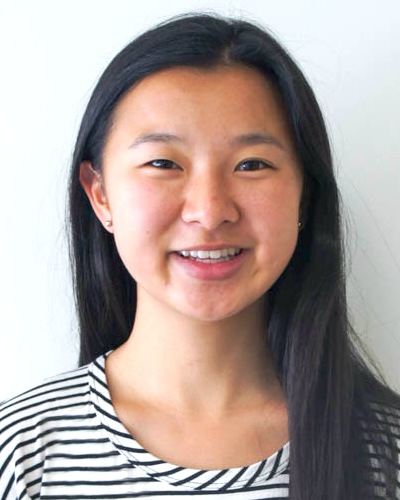An Interview with Hand Therapist Lisa Adams ’81

September 2, 2020
by Bethany
I was recently able to contact one of the practitioners that introduced me to occupational therapy. I shadowed Lisa Adams, a Certified Hand Therapist, for a summer as she worked. Lisa is also a USC Chan ‘81 Alumnus. Through her understanding how a person’s use of their upper extremities affects their daily activities, I fell in love with OT. I was able to email her a few questions about her profession, and she shared a little bit about her experience.
Lisa Adams (LA): Hi, my name is Lisa Adams, and I have been an OT for a very long time: forty years.
Bethany Yew (BY): We have to start with the question: Why OT?
LA: I loved the psycho-social aspect and treating the patient or client as a whole. Even though hand therapy has a lot of medical based components it also addresses all the occupational roles of the client. As an OT I have a vested interest in computer ergonomics, and thus I can advise and evaluate patient’s workstations to alleviate their hand problems . . . OTs lucked out in having splinting skills as well as being able to respect the tiny anatomical structures of the hand in the rehab process. This is why, the surgeons I worked for originally, chose an OT over a PT to work in their clinic. I am a Certified Hand Therapist (CHT). This certification can be earned by either an OT or PT after working 3 years as a general therapist with hand experience and passing the CHT exam. 80% of CHTs are OTs.
BY: How did you decide to do hand therapy?
LA: I started out as a COTA working for two hand surgeons, in their hand clinic run by an OTR. I was kind of thrown into hand therapy in the late 70’s not knowing what it was. I was sent on the interview while doing my COTA internship at Rancho Los Amigos Hospital. After working in the neuro unit at Rancho with head trauma and Guillain-Bare patients I couldn’t fathom why a hand injury would need specialized therapy. Well, I learned differently. Originally, I thought I’d work there for 6 months, but I ended up working at the LA Metropolitan Hand Center for 22 years. The surgeons had me go to surgery with them and watch procedures which enable me to learn more than I could have ever hoped for. The surgeons urged me to go back to school (I went to USC.) and become an OTR, which I did after working 5 years as a COTA. I returned to work for them for the next 17 years.
The clinic was the first hand center in Los Angeles, opening in 1975. Hand therapy was in its infancy as were the surgical techniques. We treated a lot of trauma (stab wounds, finger and hand amputations, tendon lacerations and fractures). We had the luxury of treating our patients for two and three hours in group settings. Each patient got individualized hands-on care, had a therapeutic activity (leather work, macramé or simple wood project) in addition to an exercise program. Those were the good ole days when insurance companies didn’t regulate the reimbursement rates, number of visits and time spent in therapy. It is a different story today, but as an OT I have adapted to provide quality care within the confines of the payers, although not always easy or profitable.
BY: What is the hardest part of your job?
LA: The hardest part of my job is the time it takes to do documentation. We now have EMR systems but they are not all conducive to OT, and I have a difficult time navigating them and making sure I do so correctly. We have many documentation requirements per Medicare, so making sure everything is clear and concise is difficult for me. This is very time consuming and non-revenue producing, so more often than not I am doing my documentation on my time.
BY: What is the best part of your job?
LA: The best part of my work day is hearing a patient say, “Look, I can now bend my finger!” or “I don’t have pain anymore after doing my therapy program.” Witnessing a patient’s recovery is the best part of every day. I also love when I can help a patient through the emotional roller coaster of having pain and having limited functional use of their hand. When I hear a patient say, “Thank you for listening or putting up with my crying” it’s the best part of my day.
BY: Thank you so much for sharing.
I am so thankful that I got to get back in touch with Lisa. When I had finished volunteering, she gave me a cute candle as a reminder of my experience.

A “handy” candle
I will always be thankful for her impact on my introduction to OT and how it can change people’s lives.
⋯
Next by tag What are OS/OT? ⟩
⋯





